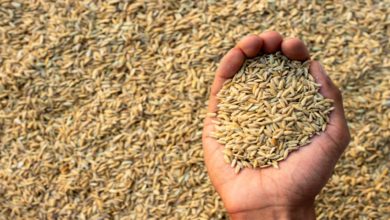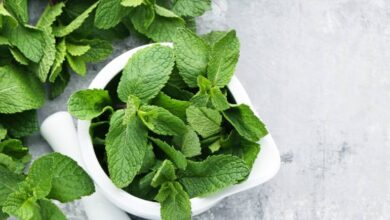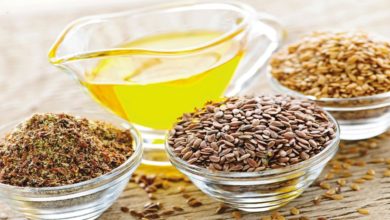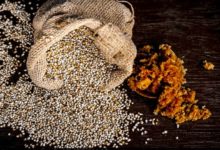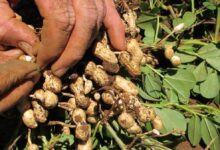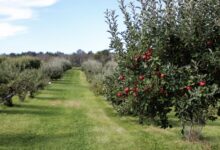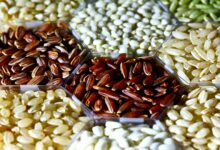Experts
HOW TO FIGHT PINK BOLLWORM PEST IN BT COTTON
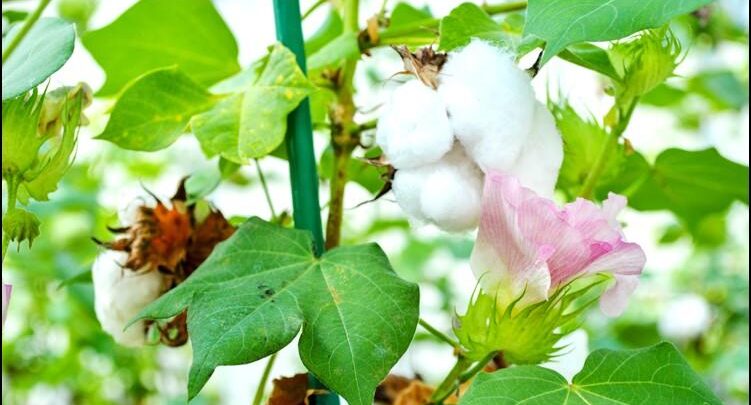
Supported by www.dissectit.com
PUNJAB AGRICULTURAL UNIVERSITY ISSUE ADVISORY
Cotton is one of the most important cash crops being grown in 111 countries. It is the second most important kharif crop grown in South western districts of Punjab. This crop is attacked by two categories of insect-pests viz bollworms (American, spotted and pink) and sucking insect pests (jassid, whitefly, thrips, aphid and mealybug). Since the last 5-6 years, incidence of pink bollworm is being recorded on Bt cotton hybrids in Central and Southern India. During 2020, its attack in cotton bolls was recorded in some villages of Sangat and Talwani Saboo block of Bathinda district.
To aware the cotton grower farmers about the possible attack of this pest on cotton crop, in the coming years, regular monitoring and campaign by scientists of Punjab Agricultural University, Ludhiana and officers from Department of Agriculture and Farmers’ Welfare, Punjabare going on since 2020. Thus, various off season and seasonal management strategies developed by PAU are discussed below along with its biology, damage symptoms and carryover.
LIFE CYCLE
Eggs are white when first laid but then turn orangethree to four daysbefore hatching. Young larva is white in color with dark brown head up to second instars. It becomes pinkish in third and fourth instar. The mature larva is 10-12 mm long having broad horizontal bands of pink colour with larval period lasts for about 10-14 days. After feeding it enter to pupal stage near by the flower base or inside the boll or seeds. Larval period is 7-10 days. Adults are small, greyish brown, with fringed hind wing. It may live for one to two months.
Nature and symptoms of damage: After hatching, the young larvae penetrate in ovaries of flowers or young bolls within two days of hatching. Larvae prefer feeding on developing
seeds and generally pupate inside the seeds and bolls. Cotton lint in the infested bolls gets damaged by secondary fungal infection. The infested flowers can be identified from their typical rosette appearance (flower does not open fully), harbouring pink bollworm larvae smeared with pollen. Pre-mature boll/bud shedding can be seen on soil. The larvae also
damage the developing seeds and cotton lint. If boll is cut open, the pink caterpillar can be seen in the damaged lint.
Carryover of Pink bollworm: Carryover of this pest during winter is the most important weak link which should be targeted for its management. The old stack of previous year crop carrying unopened or half opened bolls infested with pink bollworm play major role in the next year or coming year field infestation. The larvae in the bolls pupate and adult emerge out and cause new infestation in the nearby fields and cause great loss to the growers.
INTEGRATED PEST MANAGEMENT
Being monophagous in nature, Pink bollworm feed only on cotton soit’s easy to manage this pest by breaking its food cycle. The following integrated pest management strategy should be adopted for its effective management.
CULTURAL AND MECHNICAL CONTROL
- Sowing of recommended early maturing and short duration Bt cotton cultivars.
- Grow non Bt cotton as refugia in Bt cotton. This is to avoid the development of resistance in bollworms against the Bt gene.
- Timely sowing (April to May 15) of varieties/Bt cotton hybrids help in escape of the late season attack of pink bollworm.
- Install one sticka/delta trap/ha and replace the lure after 15 days intervals regularly for detection of the pink bollworm moth emergence around ginneries round the year. Place it at least 15 cm above the crop canopy.
- Monitoring of fruiting bodies damage especially the rosette flowers, during the crop season at weekly intervals should be done. However, the green boll destructive sampling should also be done starting from 80 days onwards at fortnight intervals for PBW infestation.
- Terminate the crop as early as economically feasible. For this purpose, give last irrigation by end of September. It would reduce bollworm damage and its carryover.
- Movement of the cotton sticks carrying unopened or half opened bolls from the infested areas to the new areas should be strictly avoided.
- After the final picking, PBW infested cotton field should be shredded with the help of shradder to kill the larvae.
- Seed-cotton movement from the pink bollworm infested areas should be prevented to the cotton ginneries operating in non-pink bollworm infestation areas.
- All the seed-cotton in the ginneries should be ginned by the end of March and ginning waste must be destroyed immediately.
SURVELLIANCE PROCEDURE
- Install Sticka/Delta traps near the cotton ginneries and in the cotton field. Place it at 15 cm above crop canopy. Replace the lure after 15 days interval.
- Observed the economic threshold level for Pink bollworm.
- Collect 100 flowers from different spots and examine the rosette flower of cotton or damage symptoms of pink bollworm. Out of these if 5 flowers show the above symptoms then go for spray.
- From different spots, pluck 20 green bolls, dissect them and count the number of pink bollworm larvae. If we get more than 2 or 3 larva then go for spray.
CHEMICAL CONTROL
- Up to 70 to 120 days old crop, if the 5 per cent damage of flowers or green bolls is observed, then spray the crop with 500 ml Curacron 50 EC (profenophos) or 200 ml Avant 14.5 SC (indoxacarb) or 250 g Larvin 75WP (thiodicarb) or 300 ml Bulldock 0.25SC (beta cyfluthrin) or 800 ml Fosmite 50 EC (ethion) per acre.
- On 120 to 150 old crop, for the management of pink boll worm spray 160 ml Decis 2.8 EC (deltamethrin), 200 ml cypermethrin 10 EC or 100 ml fenvalreate 20 EC or 300ml Bulldock 0.25 SC(beta cyfluthrin) per acre basis.
Farmers should remain vigilant and contact Krishi Vigyan Kendras or Farm Advisory Service Centre or Regional Research Station of PAU or Department of Agriculture and Farmers’ Welfare, Punjab, if any incidence of pink bollworm on Bt cotton is observed.
